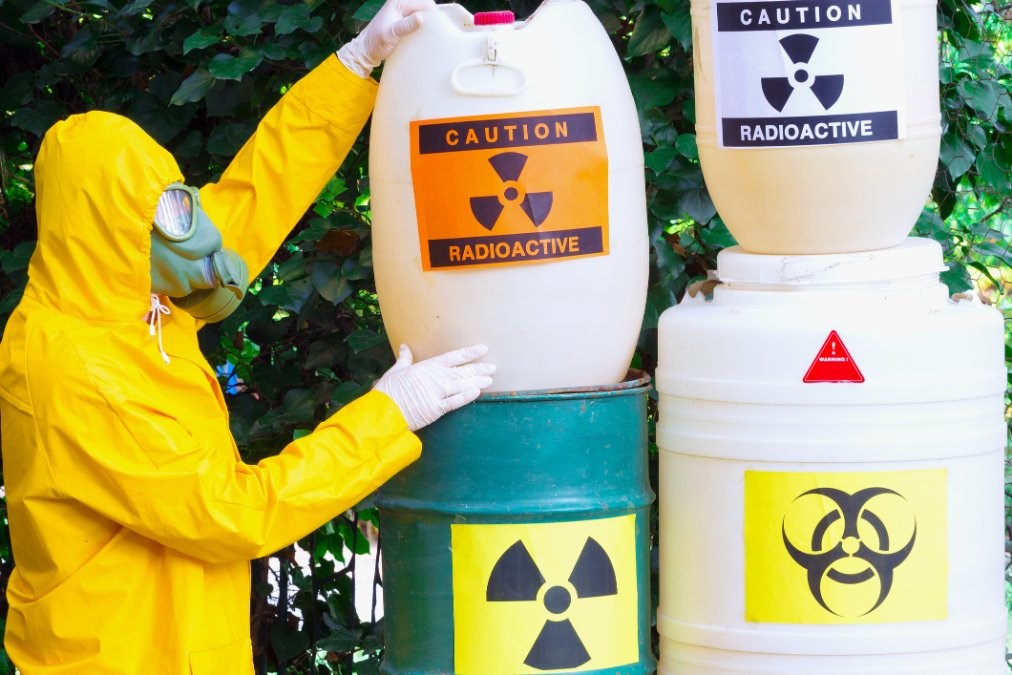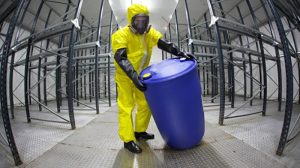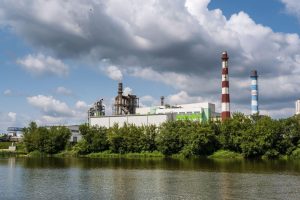What Are The Different Types Of Chemical Waste And Its Management
December 14, 2022

Chemical wastes fall into four management categories: hazardous waste, non-hazardous waste, universal waste, and waste safe for sink or trash disposal.
Hazardous Waste
Chemicals that display "hazardous" traits must be handled as hazardous waste. Hazardous wastes are subject to environmental regulation because they pose the highest risk to human health or the environment. Errors in managing hazardous waste can result in harsh environmental fines and enforcement actions.
Use the phrase "hazardous waste" only to refer to chemicals. Unless combined with chemical wastes, infectious or radioactive wastes are not considered "hazardous wastes". The safest method of managing chemical waste is to collect and treat them as hazardous waste, guaranteeing the highest level of environmental protection.
Non-hazardous Waste
A chemical that does not meet the criteria for state or federal hazards and is not labelled as "hazardous waste" may not be suitable for disposal down the drain or in ordinary trash.
In some instances, going above and beyond hazardous waste standards is necessary for environmental protection. Ethidium bromide is one such instance; although it doesn't officially possess any hazardous properties, it is unsafe to handle as typical waste. Other instances include substances like nanoparticles, for which thorough safety data is still lacking.
As a result of our ignorance of the potential harm these items could pose to the environment, the precautionary principle frequently requires that we collect them.
A different regulation may mandate waste chemical collection under other circumstances. Very low quantities would serve as an illustration. Mercury at a level (parts per billion) in generally safe reagents. Despite the minimal level of contamination, mercury discharge down sink drains is prohibited.
Some requirements for managing hazardous waste do not apply when a chemical is collected as non-hazardous waste.
Universal Waste
Due to their widespread use, a small fraction of chemical wastes has undergone some deregulation. Although management restrictions still exist, they are not as strict as those governing hazardous waste.
Universal wastes include:
- Fluorescent bulbs
- Batteries of various types
- Devices containing mercury, such as switches and thermostats
Wastes Safe For Sink And Or Trash Disposal
Only a very small portion of chemical wastes are unregulated and okay to dispose of in the trash or in sinks. Some examples are benign salts like sodium chloride and non-toxic, non-corrosive cleaning agents.
Management Of Hazardous Wastes
The most important question to answer when handling chemical waste is, "Does my chemical waste need to be collected and managed as hazardous waste?" Knowing the answer to this question is necessary for the first step in a process known as "forming a waste determination," which is crucial in handling chemical waste.
You need knowledge of the qualities and behaviour of the chemical to decide whether it has to be collected as hazardous waste. Never presume chemical waste may be disposed of safely in the garbage, down a sink, or drain. The safest and most responsible way to collect chemical waste is to avoid caution and manage it as hazardous.
If the chemical waste has any of the four characteristics given below, or if it is specifically mentioned in the laws, it must be identified as hazardous waste and managed accordingly.
Ignitable Characteristic
Liquid Chemicals
The ignitable chemical wastes are hazardous if the liquid chemical's flash point is equivalent to 60 degrees Celsius.
Examples of these wastes include:
- Alcohols (note: for ethanol, mixtures greater than or equal to 20 per cent are considered hazardous wastes. For other alcohols, the cut-off is 10 per cent)
- Organic Solvents and mixtures containing organic solvents, such as xylenes, hexane, toluene, acetone, and others
- Stains and mixtures containing stains (because stains are solvent-based)
- Oil-based paints and coatings
Solid Chemicals
Hazardous solid chemicals are those that, when lit, burn vigorously and are capable of igniting a fire under conditions of normal temperature and pressure due to friction, moisture absorption, or spontaneous chemical changes.
Examples include:
- Paraformaldehyde
- Paraffin wax with xylene
- Rags saturated with an ignitable liquid
Compressed Gas
Hazardous ignitable compressed gas generally comprises partially-full or left-over cylinders of gas.
Examples include:
- Hydrogen
- Acetylene
- Propane
- Butane
Oxidisers
Oxidisers are chemicals that are capable of enhancing the combustion of other materials, generally by yielding oxygen.
Examples of these include:
- Chlorates
- Chlorites
- Nitrates
- Perchlorates
- Perchlorites
- Permanganates
- Peroxides
You must treat chemical waste as an ignitable hazardous waste if it demonstrates any of the aforementioned "ignitable" qualities.
Corrosive Characteristics
A hazardous waste is corrosive when:
- It is a liquid that corrodes steel (Type SAE 1020) at a rate greater than 6.35 mm (about 0.250 inch) per year, or
- is aqueous, has a pH of less than or equal to 2, or greater than or equal to 12.5.
Examples of these include:
- Hydrochloric Acid
- Sulfuric Acid
- Nitric Acid
- Sodium Hydroxide
Reactive Characteristic
According to the definition; a reactive hazardous waste is something that:
- Under normal conditions, it is unstable and capable of undergoing severe changes without exploding.
- Reacts aggressively with water (examples include Sodium metal, Anhydrides and Sodium Borohydride)
- Reacts aggressively with air (examples include tert-butyllithium)
- Capable of violent explosion or detonation (examples include dry picric acid, Azide compounds, organic peroxides, old ether or tetrahydrofuran with peroxide formation)
- A cyanide or sulphide that releases hazardous vapours, fumes, or gases when exposed to a pH of between 2 and 12.5 (examples include Sodium cyanide, Potassium cyanide, Sodium sulfide and Carbon disulfide)
Toxic Characteristic
When it comes to designating specific substances, the laws start with the harmful "characteristic". Regardless of concentration, garbage containing any of the substances on this list should generally be collected for disposal since even if it isn't technically hazardous waste, it shouldn't be released into the environment.
More info can be found in the Management of Hazardous Waste information paper.
Conclusion
There are specific ways of handling chemical waste based on the type of waste (hazardous, non-hazardous, universal waste and safe for sink/trash disposal) and the type of hazardous wastes (ignitable, corrosive, reactive, toxic or oxidisers) that they are.
As we’ve mentioned earlier, it’s best to be cautious when disposing of chemical wastes. If you aren’t sure which waste is which, don’t hesitate to get in touch with us to know more.
 GreenTec Energy Pte Ltd (GTE) is a waste management company located in Tuas, Singapore.
GreenTec Energy Pte Ltd (GTE) is a waste management company located in Tuas, Singapore.
Our service includes Industrial waste, Oily waste, Marine waste.
To provide a hassle free solution to our customer is always the key approach and to ensure a win-win situation towards. As a NEA approved environmental company in Singapore, we take all our services seriously and to ensure maximum safety with compliances applied. Every step of our disposal processes are also designed to meet NEA & SCDF requirements, with latest treatment facilities and laboratories to test and treat all incoming waste before disposal.
GTE operates a total land area of about 100,000sqft at 14 Tuas South Street 12 Singapore 636953. With our comprehensive logistics and transportation fleet, we provide prompt and efficient services in transportation of waste to our premises.



